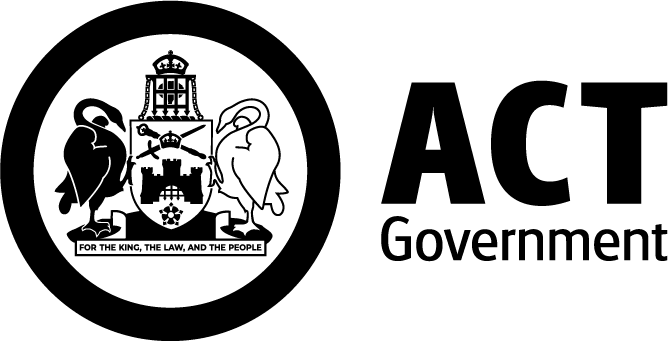Bee identification
Although bees and European wasps are similar in size and shape, you can differentiate between the two by their colours and markings. Bees are a dull shade of yellow or golden-brown colour through to black, with black stripes around their body, but no black dot like the European wasp. European wasps are bright yellow and black with bright yellow legs. They are predominantly black on their front half with bright yellow markings, and predominantly bright yellow on their back half with black stripes and black dots between the stripes down each side of the abdomen (sometimes joining the stripes). European wasps have longer, thicker antennae than bees.
Bees nest in trees or wall cavities, but can also be found in compost bins and cavities such as old suitcases. The most likely place for a European wasp nest to occur is in the ground, although they also nest in walls, ceilings and trees. Wasp nests are easily sighted due to the constant activity above the nest, although the nest entrance can be well hidden in vegetation.

